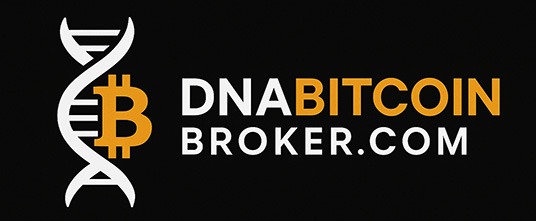Stablecoins in Europe: Which Tokens Are Thriving Under MiCA Regulation?
“Stablecoins are no longer experiments — under MiCA, they are regulated money.” – DNA Crypto Knowledge Base.
The European crypto environment has seen a seismic shift with the full implementation of the Markets in Crypto-Assets Regulation (MiCA) in 2025. Designed to enforce clarity, consumer protection, and financial stability, MiCA has effectively redrawn the map for stablecoin issuers.
Learn more: Stablecoins and MiCA Regulation
MiCA at a Glance: Europe’s Regulatory Reset
MiCA classifies Stablecoins into two categories:
-
– E-Money Tokens (EMTs): Pegged 1:1 to a fiat currency and issued only by licensed Electronic Money Institutions (EMIs) or credit institutions.
-
– Asset-Referenced Tokens (ARTs): Pegged to multiple assets, subject to stricter rules including stress tests and transaction caps.
MiCA ended algorithmic Stablecoins, mandated full reserve backing, quarterly audits, and EU-based custody. By 31 March 2025, non-compliant tokens were delisted from EU exchanges.
Related: What is MiCA and Why It Matters
EURC: The Euro-Backed Front-Runner
-
– Issuer: Circle (licensed EMI in France)
-
– Compliance: Fully MiCA-compliant EMT
-
– Blockchains: Ethereum, Solana, Avalanche, Base & Stellar
EURC is the first euro stablecoin to gain full MiCA compliance. Circle’s transparency and infrastructure make it the go-to euro token for institutional payments and cross-border commerce.
Adoption is high among Fintechs and PSPs seeking euro-native liquidity. Yet euro Stablecoins still represent less than 1% of the global market cap.
Explore: The Digital Euro Project
USDC: The Dollar Token That Survived
-
– Issuer: Circle
-
– Compliance: Fully MiCA-compliant EMT
-
– Blockchains: Ethereum, Solana, Avalanche & Base
USDC is the only USD stablecoin authorised under MiCA. Circle’s early compliance and EU-based custody allowed it to avoid delisting.
It now leads in institutional DeFi and remittance corridors. However, daily transaction volumes are capped at €200 million per issuer, limiting scalability.
Read: Global Impact of MiCA
USDT: The Giant That Got Delisted
-
– Issuer: Tether
-
– Compliance: Non-compliant
-
– Status: Delisted from Binance, Coinbase, Kraken, Crypto.com
Tether refused to meet MiCA’s reserve requirements — particularly the mandate to keep 60% of reserves in EU banks. By Q1 2025, it was removed from all regulated EU platforms.
Liquidity fragmentation and higher costs followed, leaving USDT holders able to transfer but not trade within EU-regulated markets.
Explore: DeFi and MiCA Regulation
Regulation as a Catalyst
MiCA hasn’t destroyed Stablecoins — it has elevated them. The survival of EURC and USDC shows that compliant models can thrive under regulatory clarity. Meanwhile, banks like Société Générale and Banking Circle are preparing euro Stablecoins for merchants and B2B platforms.
For Fintechs, start-ups, and institutions, the message is clear: the future of digital money in Europe belongs to those who build with trust and speed.
Image Source: Envato Stock
Disclaimer: This article is for informational purposes only and is not legal, tax, or financial advice.

